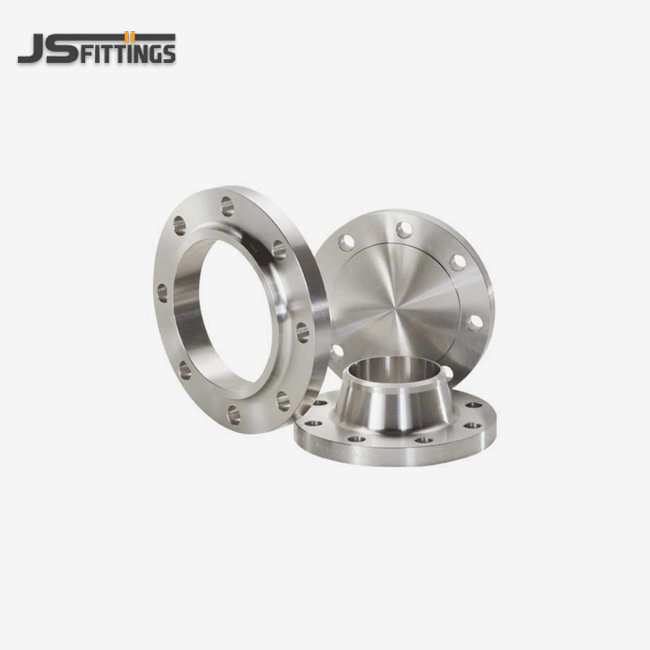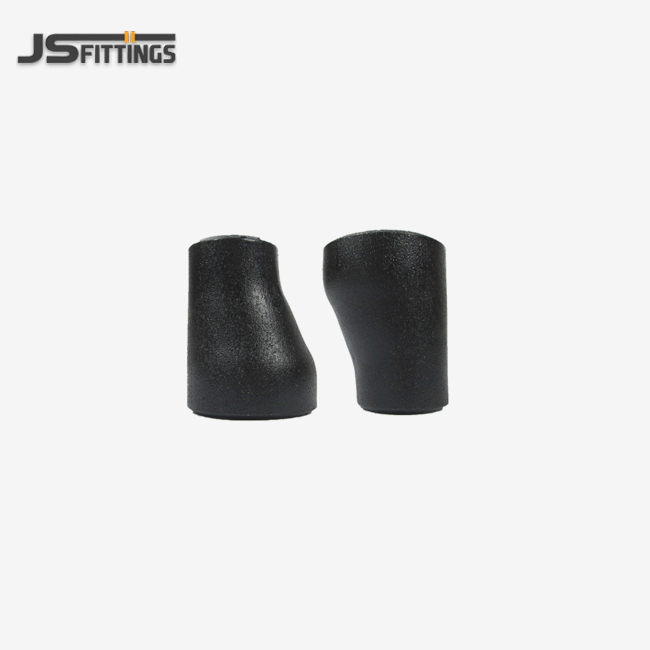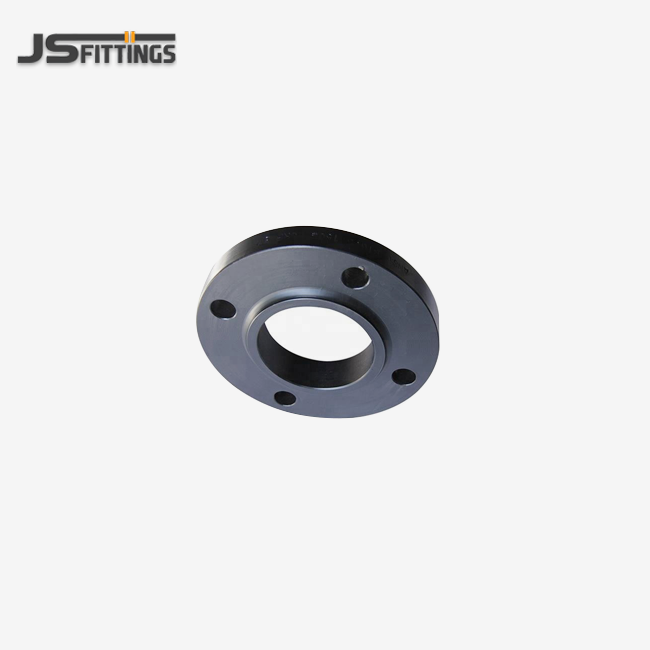- English
- French
- German
- Portuguese
- Spanish
- Russian
- Japanese
- Korean
- Arabic
- Greek
- German
- Turkish
- Italian
- Danish
- Romanian
- Indonesian
- Czech
- Afrikaans
- Swedish
- Polish
- Basque
- Catalan
- Esperanto
- Hindi
- Lao
- Albanian
- Amharic
- Armenian
- Azerbaijani
- Belarusian
- Bengali
- Bosnian
- Bulgarian
- Cebuano
- Chichewa
- Corsican
- Croatian
- Dutch
- Estonian
- Filipino
- Finnish
- Frisian
- Galician
- Georgian
- Gujarati
- Haitian
- Hausa
- Hawaiian
- Hebrew
- Hmong
- Hungarian
- Icelandic
- Igbo
- Javanese
- Kannada
- Kazakh
- Khmer
- Kurdish
- Kyrgyz
- Latin
- Latvian
- Lithuanian
- Luxembou..
- Macedonian
- Malagasy
- Malay
- Malayalam
- Maltese
- Maori
- Marathi
- Mongolian
- Burmese
- Nepali
- Norwegian
- Pashto
- Persian
- Punjabi
- Serbian
- Sesotho
- Sinhala
- Slovak
- Slovenian
- Somali
- Samoan
- Scots Gaelic
- Shona
- Sindhi
- Sundanese
- Swahili
- Tajik
- Tamil
- Telugu
- Thai
- Ukrainian
- Urdu
- Uzbek
- Vietnamese
- Welsh
- Xhosa
- Yiddish
- Yoruba
- Zulu
Buttweld Fittings: Conformity & Standards?
Plumbing systems in the current industrial landscape must be precise, robust, and able to withstand harsh conditions while adhering to strict regulatory criteria. Pipeline systems need butt weld joints to be safe, effective, and able to work well in many settings. If engineers, buying experts, and project managers want to find the best pipeline options, they need to know how output needs, quality control methods, and foreign standards all work together. The intricacy of standard compliance includes choosing the right materials, making sure they are the right size, checking their mechanical qualities, and testing processes. All of these things together decide whether butt weld pipe fittings are suitable for tough industrial settings.

International Standards Framework for Buttweld Fittings
ASME B16.9 Standard Requirements
The American Society of Mechanical Engineers (ASME) B16.9 standard establishes comprehensive requirements for factory-made wrought steel butt weld pipe fittings, covering dimensional specifications, material properties, and manufacturing tolerances. To make sure that elbows, tees, reducers, and caps fit perfectly into pipe systems, this standard sets specific physical requirements for them. Manufacturing facilities must demonstrate adherence to dimensional tolerances, wall thickness requirements, and surface finish specifications outlined in ASME B16.9. The standard also lists the properties of the material that it needs to have, like its stretch value, tensile strength, and yield strength. Butt-weld pipe fittings must reach these values through regulated heat treatment techniques. Quality control procedures under ASME B16.9 require comprehensive testing protocols, including hydrostatic testing, dimensional verification, and material certification to validate conformity. Advanced manufacturers like those certified under ISO 9001 implement rigorous quality management systems that exceed ASME B16.9 baseline requirements, incorporating statistical process control and continuous improvement methodologies to enhance product reliability.
European EN 10253 Compliance Standards
The European Norm EN 10253 standard governs Butt Weld Pipe Fittings manufactured for pressure piping applications within European markets, establishing stringent requirements for material composition, mechanical properties, and manufacturing processes. This standard requires a complete record of the raw materials' origin, cooking method, and final review results. It says that goods must be able to be tracked all the way through the manufacturing process. EN 10253 compliance mandates specific carbon equivalent calculations for carbon steel grades, ensuring optimal weldability and preventing brittle fracture in low-temperature applications. Manufacturing facilities must follow CE marking rules from the Pressure Equipment Directive (PED) 2014/68/EU, which means they need to prove their compliance through checks A lot of material testing is required by the standard, such as Charpy impact testing at certain temperatures, to show how important toughness properties are in important situations. European certification bodies conduct regular audits of Butt Weld Pipe Fittings manufacturers to verify ongoing compliance with EN 10253 requirements, ensuring consistent product quality and regulatory adherence.
GOST-R Certification Requirements
The GOST-R certification system represents the Russian technical regulation framework for pipe fittings used in butt welding, emphasizing material quality, manufacturing precision, and performance validation under severe operating conditions. In order to get this approval, a lot of mechanical tests must be done at different temperatures. Hardness proof, impact testing, and stress testing are some of these tests. GOST-R rules set restrictions on the chemical makeup of carbon steel products to ensure that they are as corrosion-resistant and mechanically sound as possible in tough situations. Manufacturing facilities must demonstrate capability for producing Butt Weld Pipe Fittings that withstand extreme temperature fluctuations, high-pressure conditions, and corrosive media exposure. The certification procedure involves factory audits, production monitoring, and batch testing to ensure adherence to GOST-R standards. Quality control procedures under GOST-R requirements encompass dimensional verification, surface quality assessment, and material property validation through accredited testing laboratories, ensuring reliable performance in critical industrial applications.
Material Specifications and Quality Control
Carbon Steel Material Properties
Carbon steel Butt Weld Pipe Fittings made from ASTM A234 WPB carbon steel have excellent strength and durability, making them ideal for use in high-pressure and high-temperature situations in various industries The material composition is composed of manganese to enhance strength, silicon to eliminate oxygen, and regulated carbon levels. The frame will last longer and be easier to build with this mix. Advanced heat treatment methods, such as stress reducing and leveling, improve the architecture of butt weld pipe fittings. These ways lower any extra forces that might have an effect on how well they work in the long run and make them last longer. Quality control protocols mandate comprehensive chemical analysis using optical emission spectroscopy and mechanical testing through universal testing machines to verify compliance with ASTM specifications. Surface treatments, including sandblasting, anti-rust oil coating, and epoxy painting, provide better corrosion protection while keeping the size of the parts correct. Manufacturing facilities implementing ISO 9001 quality management systems ensure consistent material properties through statistical process control, batch tracking, and comprehensive documentation throughout the production cycle.
Manufacturing Process Quality Assurance
Making high-quality Butt Weld Pipe Fittings requires advanced forming techniques, including hot forming, cold forming, and machining, that need to be done with exact control over temperature, pressure, and size. Advanced production lines utilize computer-controlled equipment to maintain consistent wall thickness distribution, radius accuracy, and surface finish quality across all fitting geometries. Quality assurance techniques include employing coordinate measuring equipment to check the work while it is being done, ultrasonic testing to find internal defects, and checking dimensions against international standards. Heat treatment procedures for Butt Weld Pipe Fittings follow carefully controlled time-temperature cycles to achieve specified mechanical properties while preventing grain growth and maintaining optimal microstructure. Magnetic particle inspection and penetrant testing are two nondestructive testing procedures that find surface flaws that might make a fitting less stable while it is in use. Full documentation systems keep track of material certifications, process parameters, and inspection data for each batch of pipe fittings used in butt welding. This makes sure that everything can be traced back and satisfies the criteria of the customer.
Testing and Validation Procedures
Rigorous testing protocols for Butt Weld Pipe Fittings encompass hydrostatic testing, dimensional verification, and material property validation to ensure compliance with international standards and customer specifications. Hydrostatic testing procedures apply internal pressure levels exceeding design requirements to validate structural integrity and identify potential weaknesses before shipment. Dimensional inspection using precision measuring equipment verifies conformity to standard specifications, including diameter tolerances, wall thickness uniformity, and angular accuracy for elbows and tees. Material property validation includes tensile testing, yield strength determination, and elongation measurement to confirm mechanical performance under service conditions. Impact testing at different temperatures proves that Butt Weld Pipe Fittings are robust enough to work well in cold weather. Advanced spectroscopic methods are used to do chemical analysis to verify that the material composition meets the required grades. Hardness testing checks to ensure that the heat treatment works well over the fitting cross-section.
Application Standards in Industrial Environments
Oil and Gas Industry Requirements
The oil and gas industry demands Butt Weld Pipe Fittings that meet stringent performance criteria established by major international operators, including NIOC, ADNOC, and PETROBRAS, ensuring reliable operation in harsh downstream and upstream environments. The materials required for these applications must be both durable and able to withstand adverse chemical conditions, high temperatures, and high pressures for an extended period. To be qualified for oil and gas jobs, you need to test your materials thoroughly, make sure you know how to weld properly, and test your skills in settings that are very similar to real-life work. Butt weld pipe fittings utilized in hydrocarbon processing facilities must demonstrate compatibility with various process fluids, including crude oil, natural gas, and refined products, while resisting sulfur-induced cracking and hydrogen embrittlement. Quality control systems for oil and gas jobs require strict tracking of material test reports, thermal treatment certifications, and documents from outside inspections. Advanced manufacturing facilities maintain approval status with major oil companies through rigorous quality management systems, continuous process improvement, and ongoing technical support capabilities.
Power Generation and Petrochemical Standards
Power generation facilities and petrochemical plants require Butt Weld Pipe Fittings engineered to withstand extreme operating conditions, including high-temperature steam, corrosive chemicals, and thermal cycling that challenges material properties and joint integrity. To make sure they work reliably for a long time in important service settings, these applications need materials that are better at resisting creep, oxidation, and thermal fatigue. For power and petrochemical applications, manufacturing standards contain extra testing requirements, including creep-rupture testing, stress-corrosion cracking assessment, and thermal aging studies to confirm that the products will work well over time. Butt weld pipe fittings in these applications must demonstrate compatibility with various process media, including superheated steam, cooling water, and chemical solutions, while maintaining dimensional stability under thermal cycling conditions. Better ways to check the features of materials are included in quality assurance standards. For example, the size of the grains, the presence of other materials, and the tiny structures inside them are all looked at to make sure they will work well in tough service circumstances. To keep their certified vendor status, suppliers of power and petrochemical applications must go through thorough audit processes, technical competency assessments, and continual performance monitoring.
Construction and Infrastructure Applications
They are used in a lot of different kinds of building and infrastructure projects, like putting up industry systems and growing large-scale infrastructure. Both foreign construction standards and local building codes must be followed by these businesses. To make sure they are placed properly and last a long time, these users put a high value on consistent mechanical qualities, surface finish quality, and measurement accuracy. For building uses, materials must meet certain standards for rust resistance, fire resistance, and environmental compatibility in order to meet project requirements and government rules. Butt weld pipe fittings used in construction must meet specific rules for earthquake safety, changes in temperature, and weight support as outlined by engineers and project plans. As part of quality control for building jobs, materials are certified, batches are tested, and sizes are checked. By following these steps, you can be sure that all the information needed for the job and the guarantee is in order. Manufacturing facilities serving construction markets maintain extensive inventory management systems, just-in-time delivery capabilities, and technical support services to meet project scheduling requirements and engineering specifications.
Conclusion
The conformance and standards framework for Butt Weld Pipe Fittings is a complete system of quality assurance, material requirements, and performance validation that is necessary for safe and dependable industrial operations. International standards, including ASME B16.9, EN 10253, and GOST-R, provide the foundation for manufacturing excellence, while rigorous testing and quality control procedures ensure consistent product performance across diverse applications. Butt Weld Pipe Fittings can match the high standards of current industrial infrastructure because they use innovative materials, precise production methods, and thorough certification procedures.
Premium Butt Weld Pipe Fittings Manufacturers | JS FITTINGS
With 42 years of expertise, JS FITTINGS' 35,000 m² facility houses 4 advanced production lines, delivering 30,000 tons annually of ASTM/EN-compliant fittings, flanges, and pipes. Our ISO 9001, CE, and PETROBRAS certifications validate uncompromising quality for the oil & gas, shipbuilding, and construction sectors. We are committed to improving our processes all the time so that we can offer Butt Weld Pipe Fittings that are both cost-effective and useful in the toughest commercial settings.Partner with industry leaders who understand your critical infrastructure needs - contact our technical specialists at admin@chinajsgj.com for customized solutions that exceed expectations and deliver exceptional value for your next project.
References
1. American Society of Mechanical Engineers. ASME B16.9-2018: Factory-Made Wrought Buttwelding Fittings. New York: ASME Press, 2018.
2. European Committee for Standardization. EN 10253-4:2008: Butt-welding pipe fittings - Part 4: Wrought austenitic and austenitic-ferritic (duplex) stainless steels with specific inspection requirements. Brussels: CEN, 2008.
3. Russian Federal Agency for Technical Regulation. GOST R 53366-2009: Steel welded fittings for pipelines. Moscow: Standartinform, 2009.
4. International Organization for Standardization. ISO 15156-3:2015: Petroleum and natural gas industries - Materials for use in H2S-containing environments in oil and gas production. Geneva: ISO, 2015.
5. American Petroleum Institute. API 5L-2018: Specification for Line Pipe. Washington DC: API Publishing Services, 2018.
6. ASTM International. ASTM A234/A234M-19: Standard Specification for Piping Fittings of Wrought Carbon Steel and Alloy Steel for Moderate and High Temperature Service. West Conshohocken: ASTM International, 2019.
Learn about our latest products and discounts through SMS or email
_1761034851179.webp)


